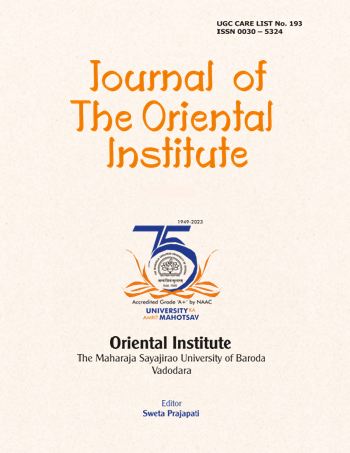EFFECT OF ZINK POLLUTION ON GROWTH, PHYSIOLOGICAL RESPONSES AND BIOCHEMICAL ATTRIBUTES OF PEA (PISUM SATIVUM) GENOTYPES
DOI:
https://doi.org/10.8224/journaloi.v74i2.900Keywords:
Zinc toxicity, Pisum sativum, oxidative stress, antioxidant enzymes, Heavy metal stressAbstract
Heavy metal pollution in agricultural soils has emerged as a major global challenge affecting crop productivity and food safety. Zinc (Zn), though essential in trace amounts, becomes toxic at elevated concentrations, adversely influencing plant growth and metabolism. The present investigation evaluated the effect of zinc stress on three Pisum sativum genotypes—Arkel, Bonneville, and Azad P-1—under varying Zn levels (0, 50, 100, and 150 mg kg⁻¹ soil). Parameters such as germination percentage, growth attributes, chlorophyll content, proline accumulation, lipid peroxidation (MDA), antioxidant enzyme activity (SOD, CAT), and yield traits were assessed. Results indicated a significant decline in growth and photosynthetic pigments with increasing Zn concentration, while proline and antioxidant enzymes showed marked elevation under stress conditions. Among the tested genotypes, Arkel exhibited the highest tolerance to Zn stress through enhanced antioxidant defense and osmolyte accumulation, whereas Bonneville was the most sensitive. The study underscores the importance of genotype selection and physiological screening in mitigating Zn toxicity in agricultural systems.








